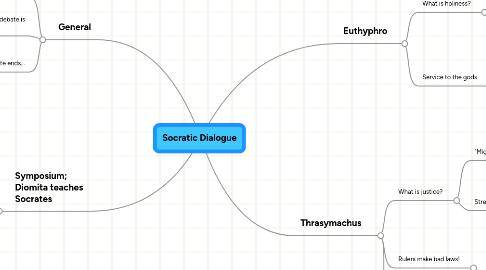
maximum : Date This property holds the editor's maximum value. label : String The label for the date. date : Date This property holds the editor's date value. Dates appear in accordance with the local date/time settings or in year, month, day order if the system doesn't provide a local date order. The arrow keys can be used to move from section to section within the DateEdit box. DateEdit allows the user to edit dates by using the keyboard or the arrow keys to increase/decrease date values. The DateEdit class provides a date editor. label : String The label for the combobox. itemList : Array The list of items in the combobox. editable : Boolean This property holds whether the combobox is editable. The default is the first item in the list. currentItem : String This property is used in two ways: To specify the default selected item in the combobox and to get the value the user selected in the combobox when the dialog is closed. A combobox may be editable in which case the user can enter arbitrary strings. A combobox is a selection widget which displays the current item and can drop down a list of items. 
The ComboBox widget is a combined button and drop-down list.
whatsThis : String This property holds a simple description of the widget. tooltip : String This property holds the tool tip (balloon help) for the widget. text : String This property holds the text shown on the button. checked : Boolean This property holds whether the checkbox is checked. CheckBox is an option button it can be switched on (checked) or off (unchecked). The CheckBox widget provides a checkbox with a text label. Each class has a short description and a list of its properties and functions.įor String properties the default is an empty string, and for Number properties the default is 0, unless stated otherwise. Var fullName = last.text + ", " + first.text īelow is a list of the classes available from the Input Dialog Framework. DIALOGUE 1.2 HOW TO
The following is a simple example on how to use the Input Dialog Framework to create a dialog that will query the user for their first and last name, and echo the values they entered: These classes each have a set of properties for describing how they appear and some of them also provide functions. These classes include, Dialog, CheckBox, GroupBox, LineEdit, TextEdit, etc.

The first types are the ones that can be used to build up complex input dialogs. The QSA Input Dialog Framework provides two types of classes. The Input Dialog Framework is available in the QSObjectFactory subclass QSInputDialogFactory. The QSA Input Dialog Framework is a set of classes that extends QSA to enable the user to create dialogs using Qt Script.






 0 kommentar(er)
0 kommentar(er)
